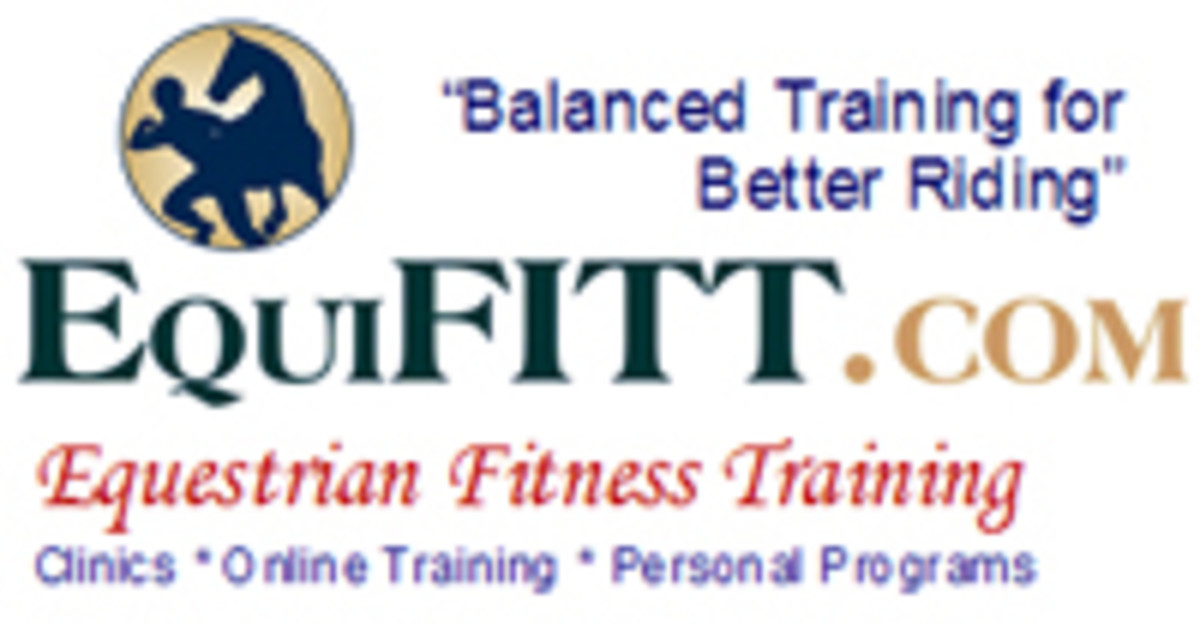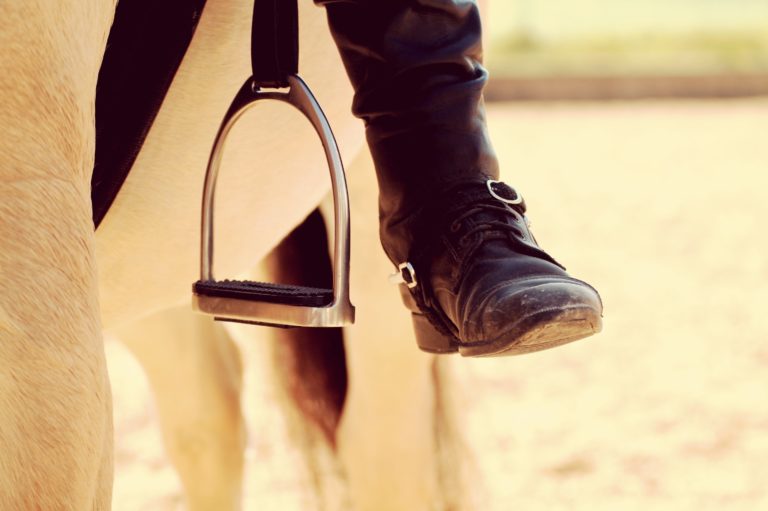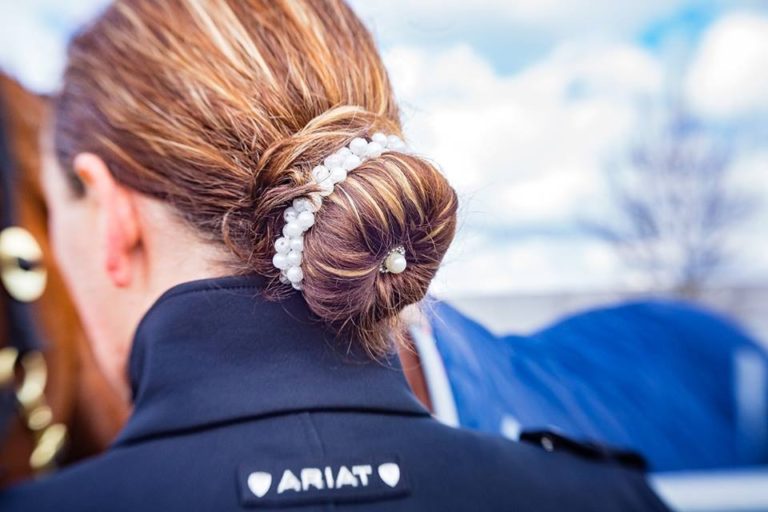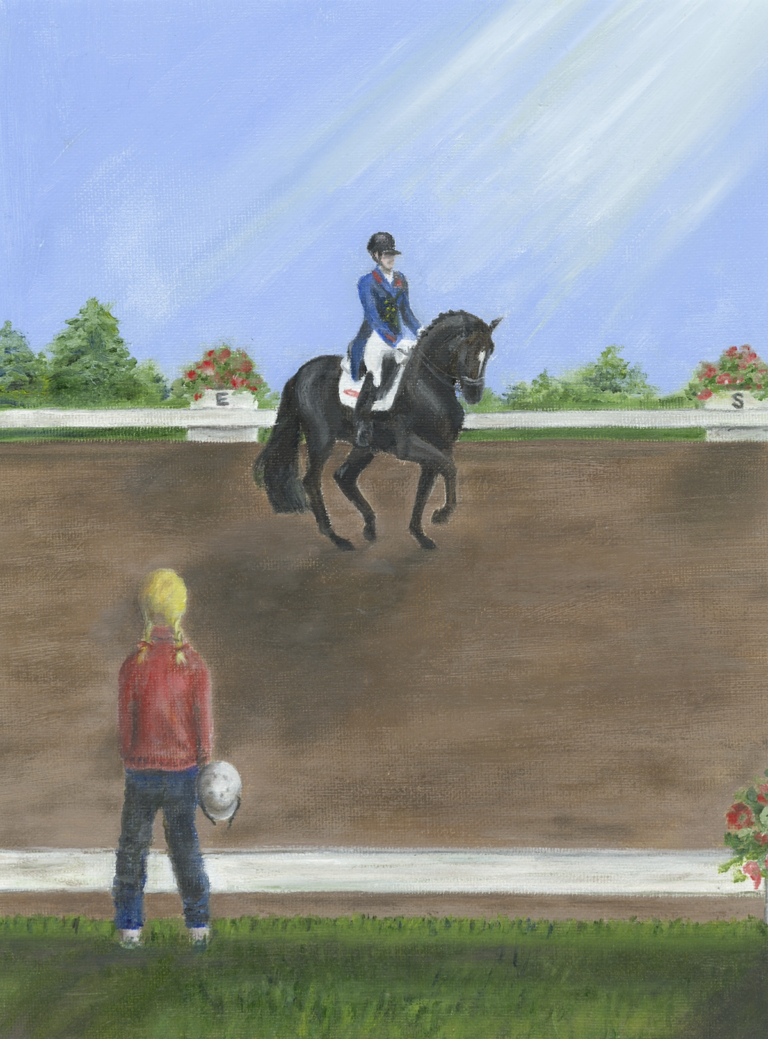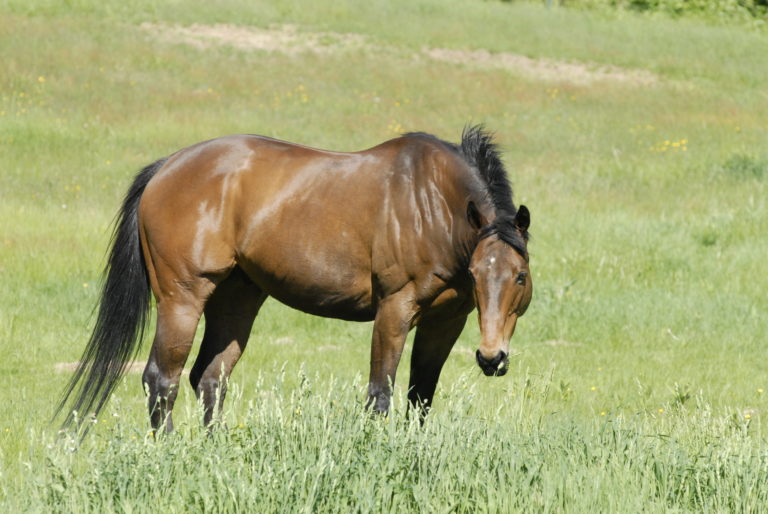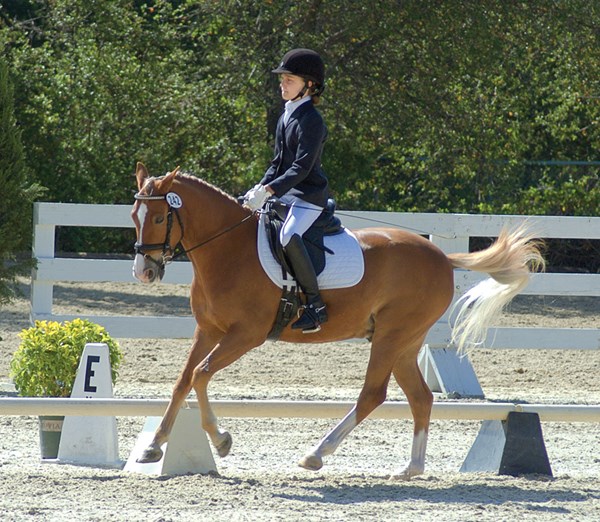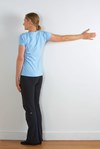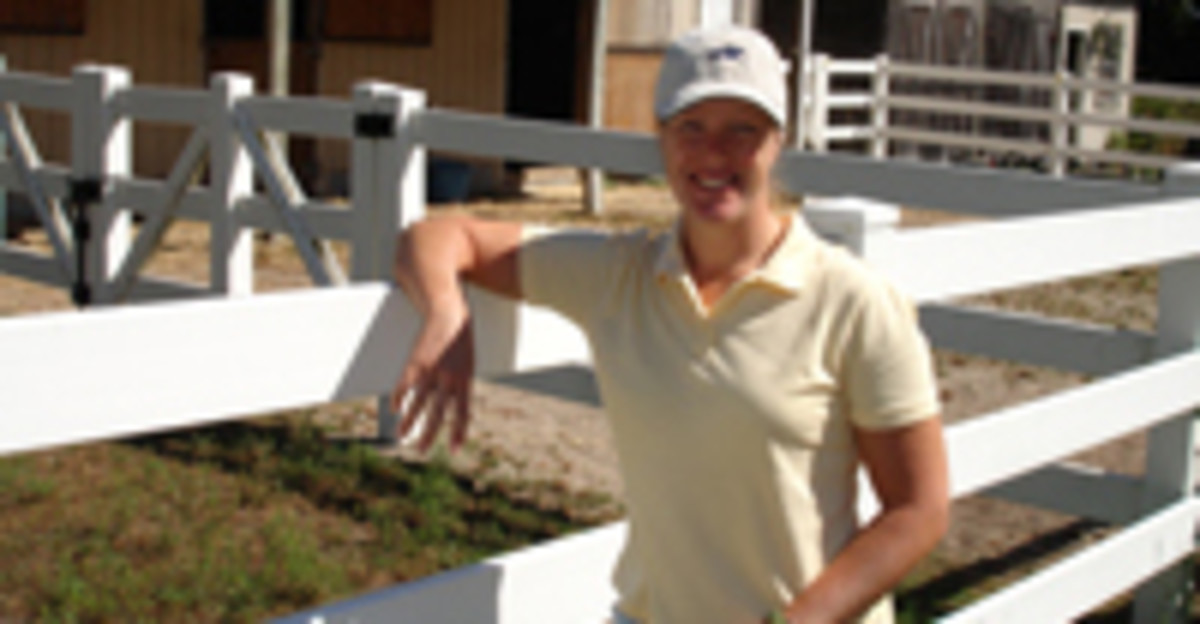
Heather Sansom is the author of rider fitness ebooks Complete Core Workout for Rider, and a regular columnist in several equestrian publications including Dressage Today.?EquiFITT.com offers rider fitness clinics & workshops, Centered Riding? instruction, and convenient distance eCoaching for riders anywhere.? Subscribe to receive free monthly Equestrian Fittips, and download rider fitness eBooks at:??www.equifitt.com/resources.html
Think in terms of a “training scale” for your own personal rider fitness and conditioning. The training scale in dressage gives us a system for training and helps align our activities at each stage of the horse’s development to the goals of the dressage test. We know, for example, that even though collection is at the top of the training scale, we can’t achieve collection without contact or rhythm, which are down near the beginning. In the same way, it may be helpful to think of your training time in terms of layers of activity types that build on one another to help you progress toward your goals. Using this metaphor can help you progress, even when you don’t have vast amounts of time available to fit in everything you want to do. Like the dressage training scale, the rider fitness scale is not linear but cumulative
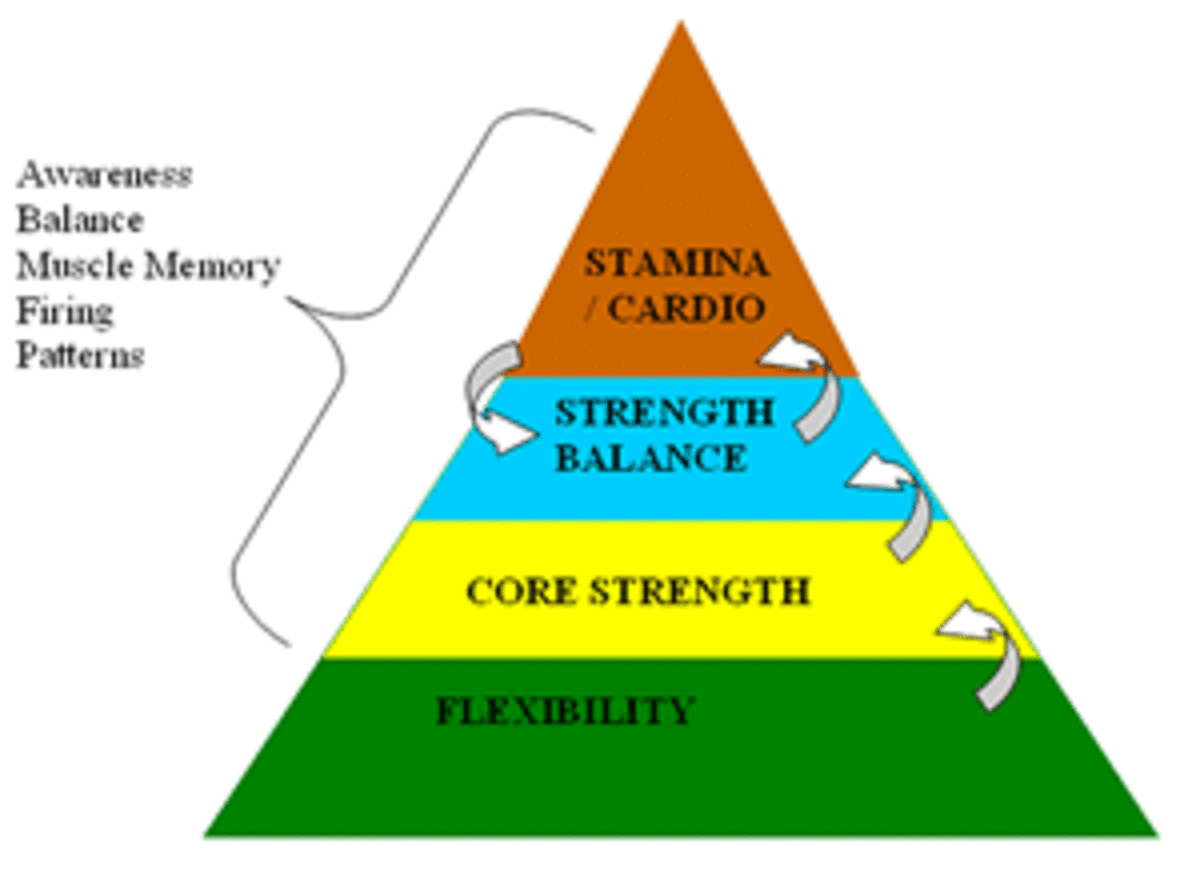
Elements of the Rider Fitness Training Scale: Flexibility, Core Strength, Stamina, Tone and Awareness
A complete rider fitness program can get very involved. But, I generally approach it with four main categories in mind. They have sub-categories, but there is only space here for the overview.
Flexibility: When riding, we aim to have the ability to use our bodies when we want to and to otherwise have a neutral position that can flow with the horse. Tension or tightness in your body does several things: a) it blocks your horse’s motion; b) it creates strain across your spine and joints, which can produce repetitive strain injury; c) it pulls against you, forcing you to apply tension in response in order to sit correctly, creating overall tension in your body that you don’t want. So, if you have time for nothing else, take 60 seconds before and after riding to do some basic stretching. Take a few minutes at the end of the day when you are unwinding in front of the television to stretch out the areas that are of particular concern.
Try this: Before riding take two to three minutes for dynamic warm-up stretches to unblock tight areas. To increase range, do five to 15 minutes of dynamic and static stretching at the end of the day on a daily basis. Include hips, hip flexors, inner thigh, calf, chest and side bends.
Core Strength: Your limbs can only be as strong and effective as they are allowed to be by your core tone. Core is not just abdominals; it’s everything from your neck to your hips. Since core strength controls the position of your hips and seat bones, shoulders and your posture, I consider it a basic foundation to all the rest of a rider’s conditioning program. On its own, core training is not enough, because you still need strength in other areas as well as stamina.
I can’t mention core strength without also mentioning nutrition. You should know that your core strength is significantly compromised when you haven’t eaten anything for a couple of hours. So, even if you only drink a juice box, the consumption of something in the hour or half hour before you ride will make a difference to your self-carriage and accuracy.
Try this: Five times per week for about five minutes, include isometric exercises–like planks–and hip rotating exercises.
Stamina: Your body is like a big combustion engine. It needs two things to keep going: fuel and oxygen. Stamina is about the ability of your body to provide oxygen to your muscles at the rate required and for your muscles to contain enough glycogen stores to maintain activity for the amount of time required.
The good news is that you can improve your cardiovascular ability with just 15 minutes of fairly intense activity a couple of times a week. For the purposes of cardio training, the activity does not matter as much as the training intensity. Think in terms of having to breathe through your mouth. It should feel like a workout, but you should not be gasping for air. Using intervals is one of the most efficient ways to increase your cardiovascular ability in a short amount of time. An example would be speed walking or jogging for two to four minutes, walking to catch your breath for one, and then repeating the cycle. Another example is running hills or stairs: Repeat a cycle of running up and walking down.
Try this: Include cardio a minimum of two times per week for 15 minutes. Thirty minutes would be ideal. Also, include one long walk each week to keep your hips and joints mobile. Swimming is also an excellent cardio exercise.
Tone and Awareness: Once you are stretching daily, doing a few minutes of core work on most days of the week and squeezing in a couple of short power walks, you will have developed a knack for fitting training into your life and be more likely to stick to a program to help you target specific areas. A rule of thumb with strength training or toning for muscles is to work a particular muscle group at least twice a week to stimulate muscle growth. While Pilates can be a good start, I do like to see riders using free-weight and body-weight exercise as well, since we are not only concerned about self-carriage but must work with approximately 1,000 pounds of livestock on the hoof, as well as farm labor–even if it’s just lifting your saddle onto your horse.
Try this: Tone twice a week, 15 to 20 minutes, concentrating on outer thigh, glutes and legs. To increase your awareness, incorporate balance work, such as leg raises and standing on one leg.
A note about nutrition as you embark on your plan: Glycogen, the essential fuel for your muscles, is carbohydrates broken down to useable form in your muscles. Very low-carb diets are not appropriate for athletes or for long-term health. You also need to eat regularly and in small portions to keep your blood sugar levels constant. Keeping your blood sugar more consistent and keeping glycogen supplied to your muscles will help regulate your metabolism and also provide your body with the fuel it needs to keep going. When muscles fatigue, you are not as accurate with your aids and you ask your horse to compensate for shifts in your weight that you may not even be aware of.
Heather Sansom owns Equifitt.com Equestrian Fitness, offering personalized coaching through clinics and convenient online coaching available anywhere. She also offers a free monthly fittips newsletter and new e-books, Complete Core Workout for Riders and Handy Stretching Guide for Riders, at Equifitt.com.

